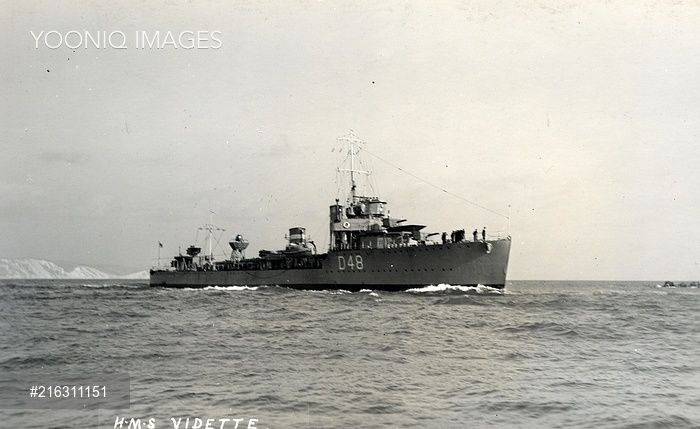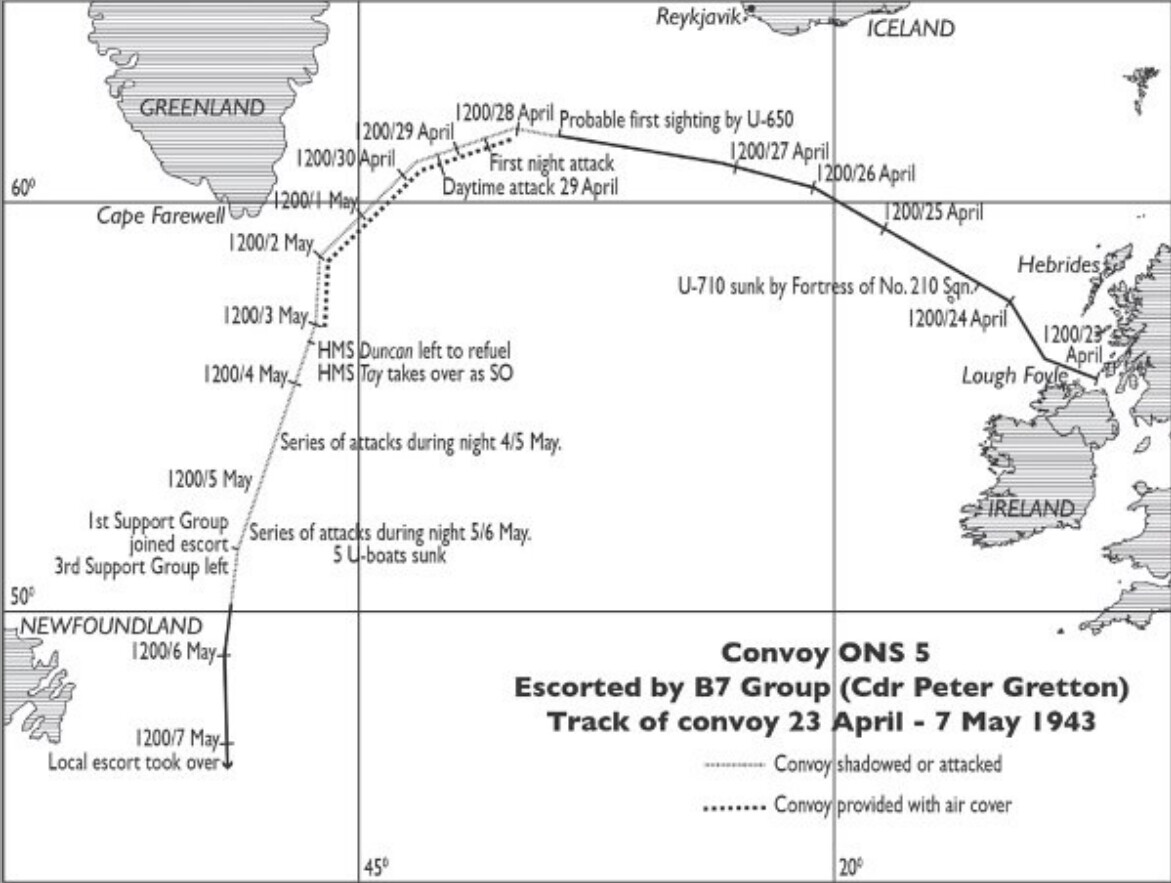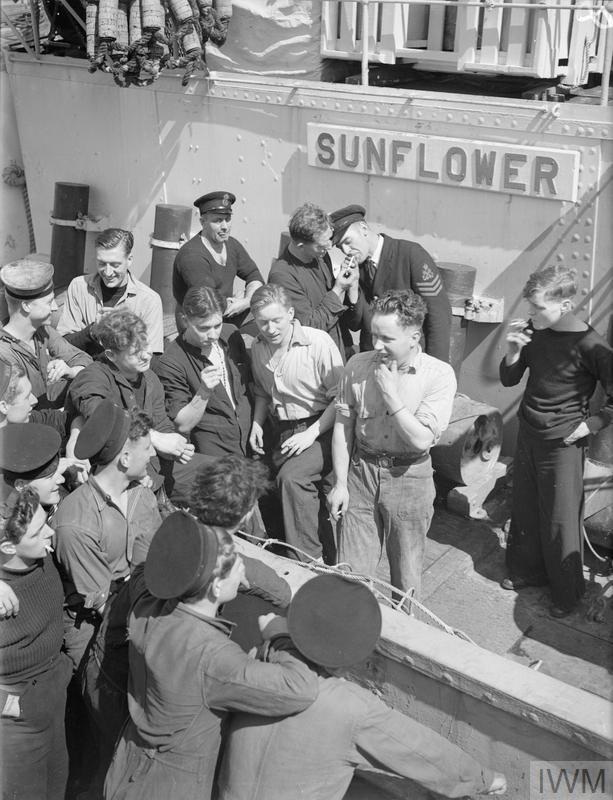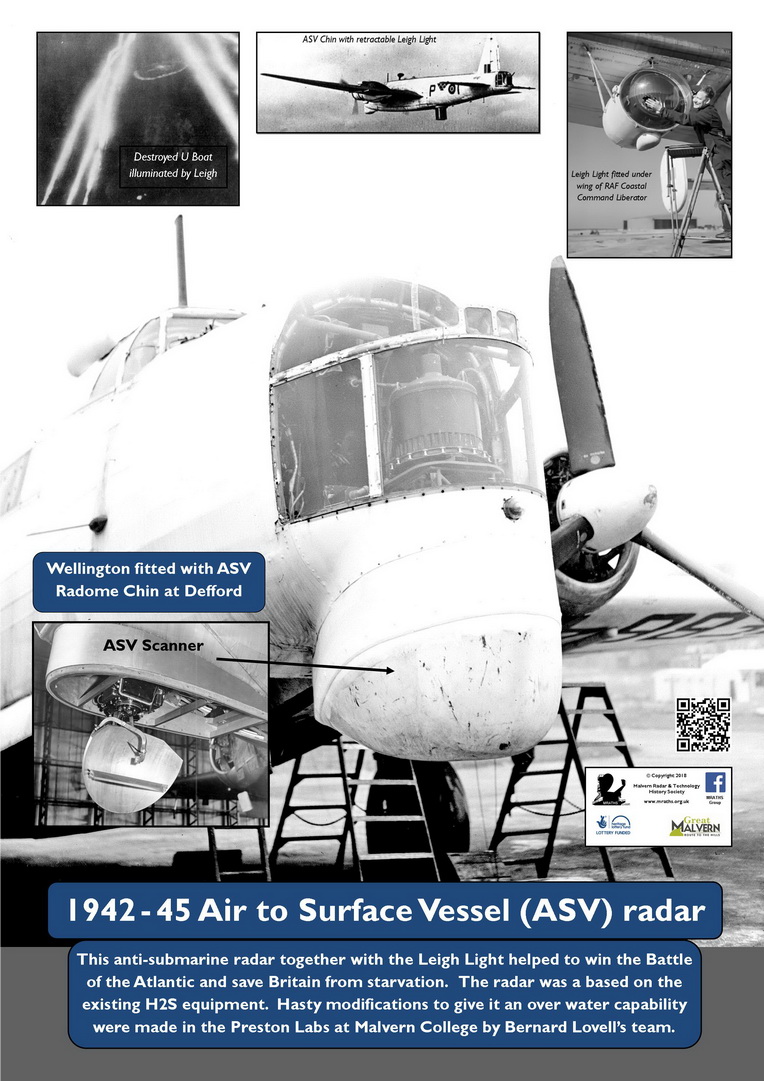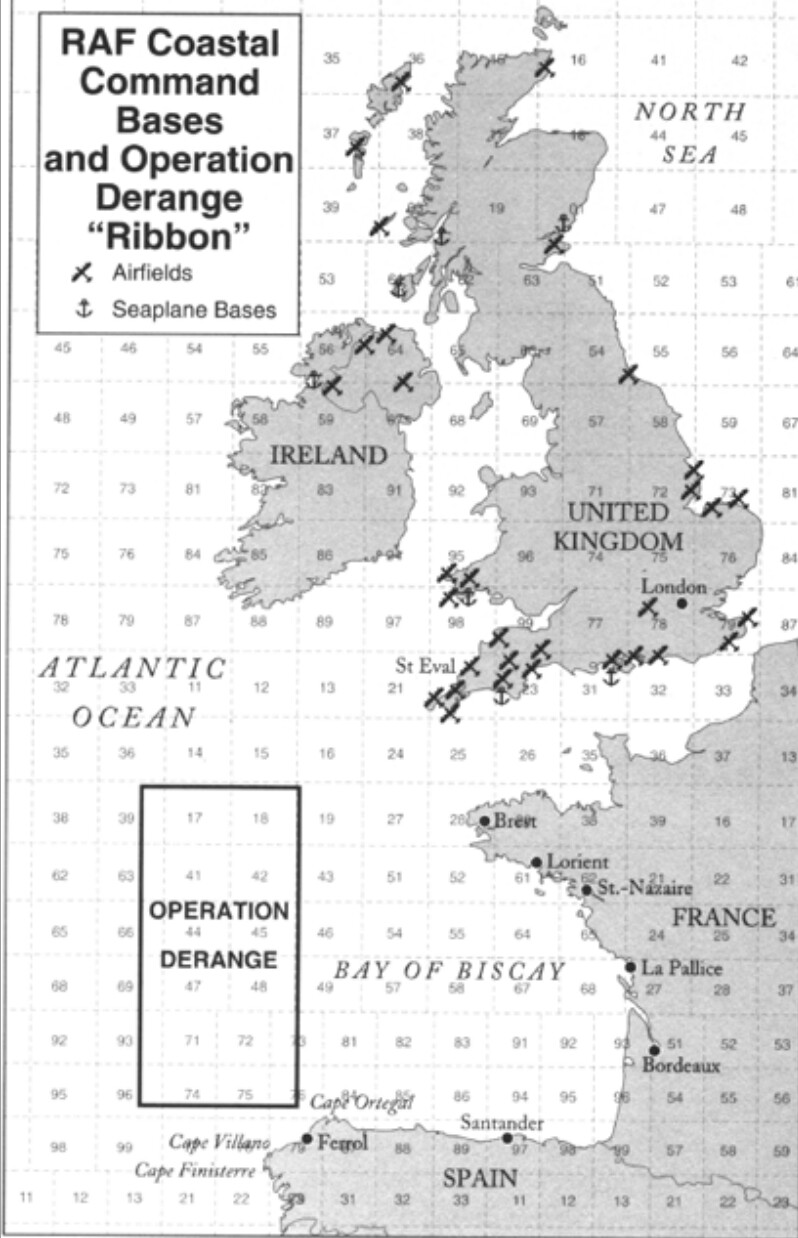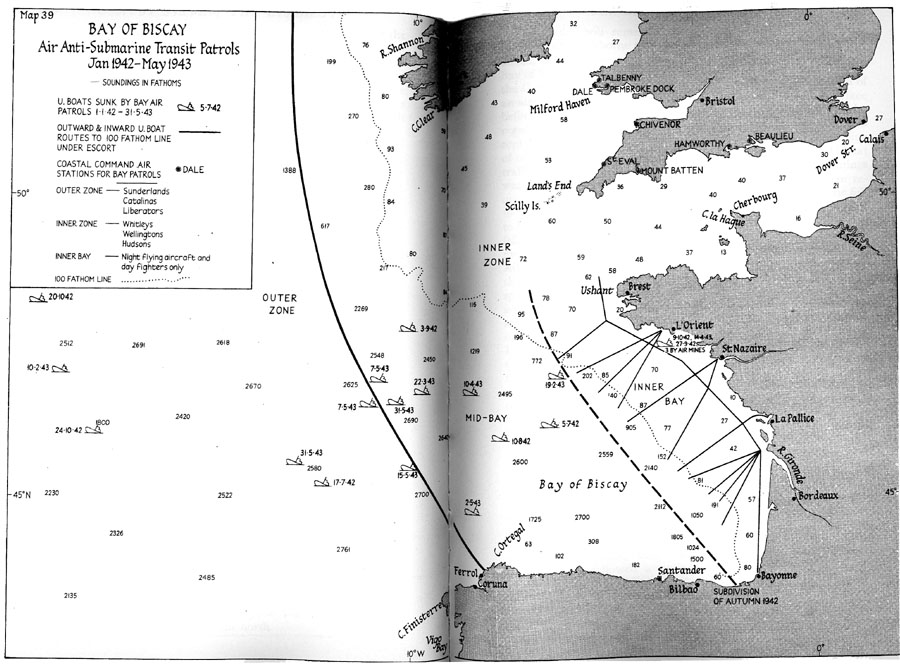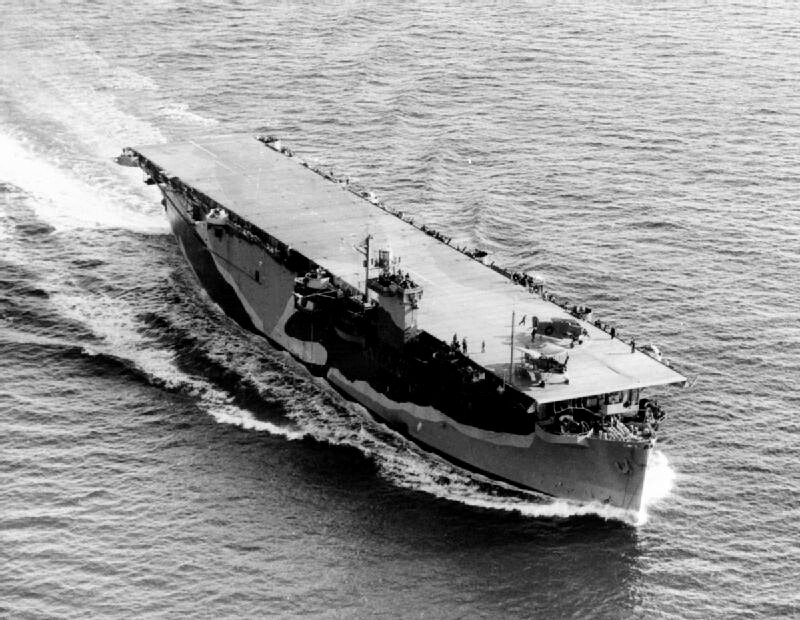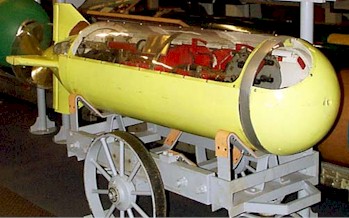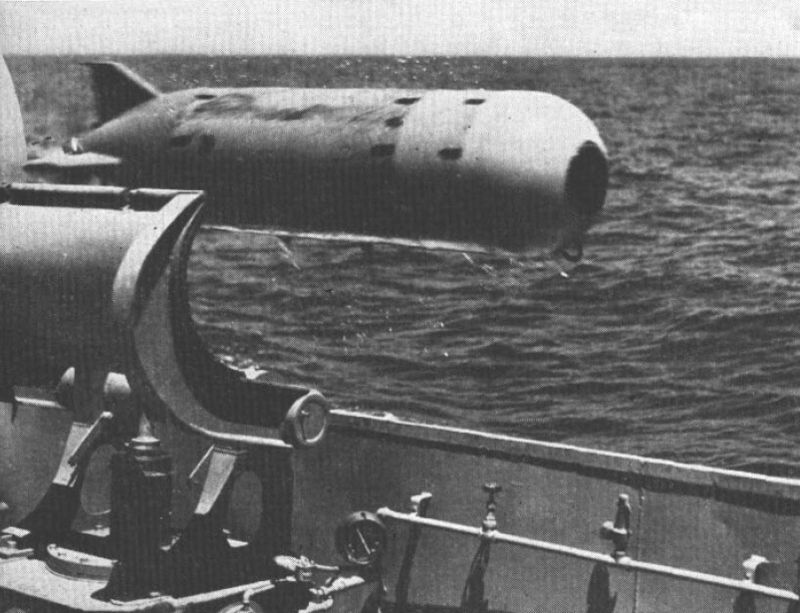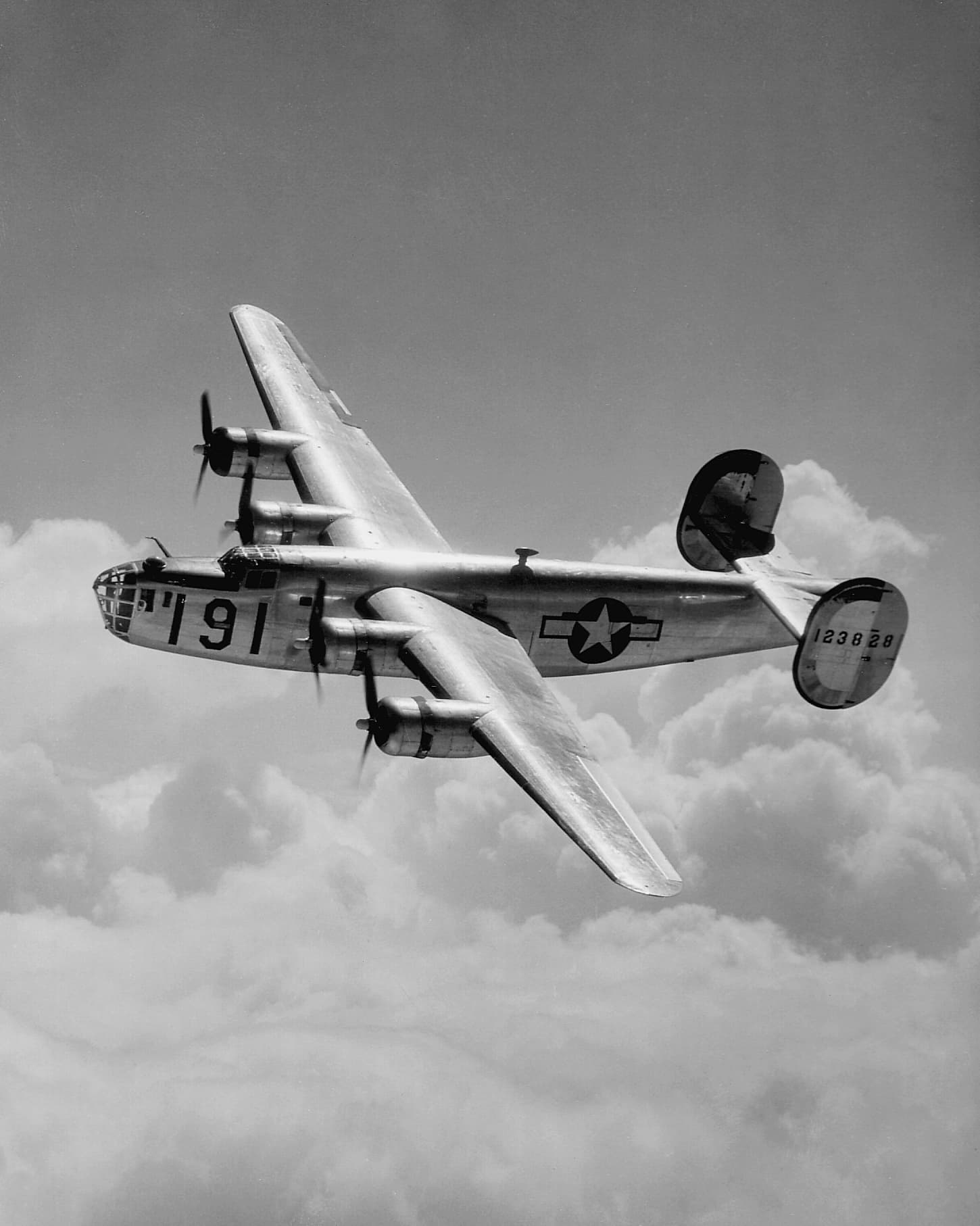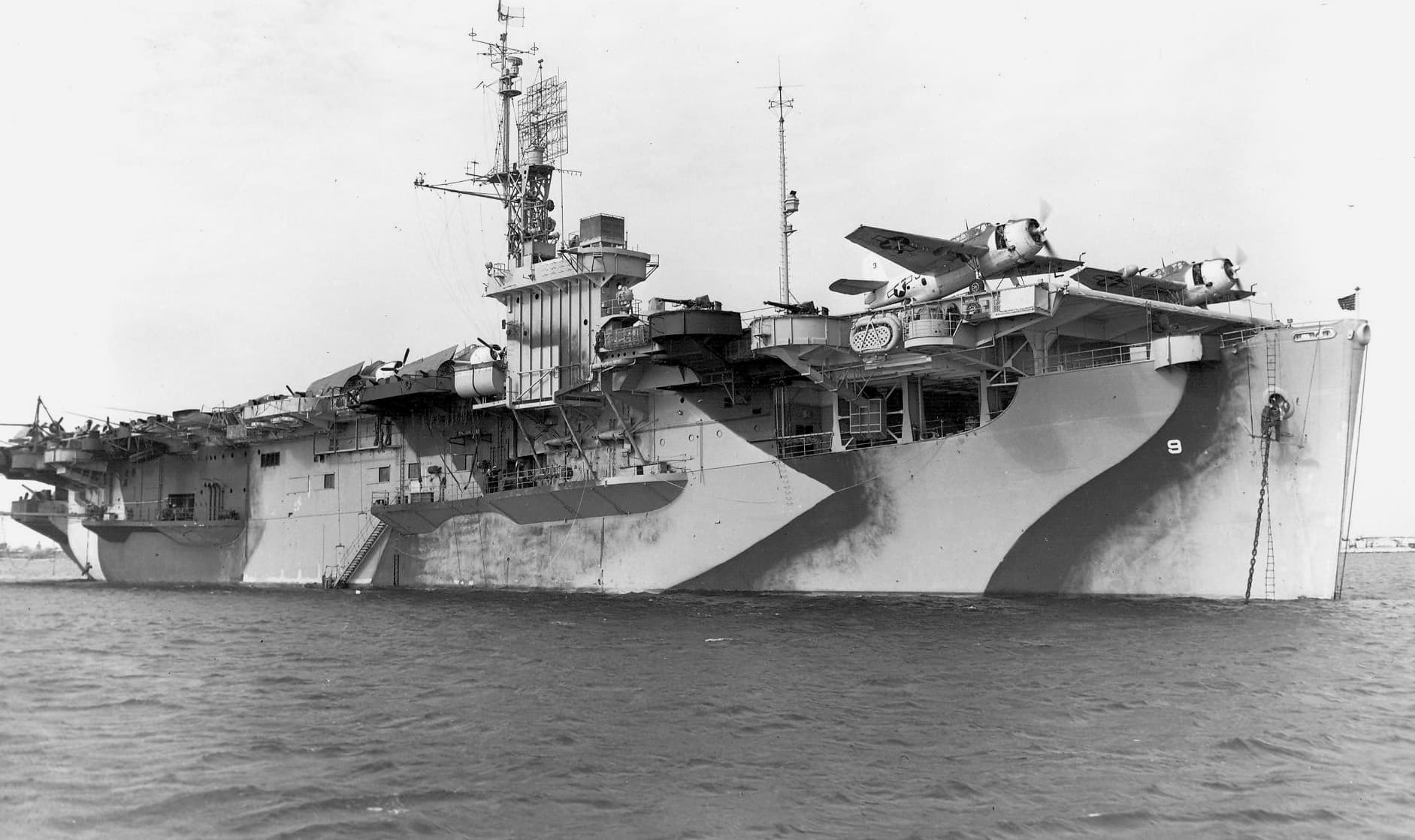At 1602 GST (1402 GMT), Berlin began to reorganize most of the Specht and Star boats into a new reconnaissance line code-named Gruppe Fink (Finch). Ordered to be in place by 1000 GST (0800 GMT) on 5 May, the twenty-seven boats of Fink would occupy stations along a line running from west-northwest to east-southeast, or precisely, from 56°45’N, 47°12’W (AJ 2758) to 54°o9’N, 36°55’W (AK 4944)-When formed, the patrol line would stretch 382.6 nautical miles (nm), with an average spacing of 14.7 nm between the boats. As these boats were moving into position on the afternoon of 4 May, several (U—264, U—628, U—260, U-270) reported sighting destroyers (HMS Offa or HMS Oribi, or both) on southerly courses. Then U-628 (Kptlt. Heinz Hasenschar) in quadrant AJ 6271 (55°40’N, 42°40’W) at the near center of the Fink line reported at 2018 GST the mast tops of a southbound convoy that BdU had been expecting by dead reckoning, that is, by calculation based on a convoy’s course, speed, and elapsed time from a previously determined position.
This was ONS.5 (No. 33), except that BdU mistakenly called it ON.180 (convoy No. 36), which was the convoy that had been trailing ONS.5, but which on 4 May was considerably to the north tracking a WSW course through U-boat quadrants AJ 22 and 23, south of Cape Farewell. BdU was also mistaken in both its dead reckoning and real time calculations, for it expected the convoy reported by U—628 to cross the Fink recco line on 5 May, when, in fact, ONS.5 would reach the center of that line by the late afternoon of the 4th, before Fink was fully formed; and if ON.180 had continued to follow ONS.5’s course it would not have reached the line before 6 May. Apparently assuming that convoy No. 33 (ONS.5) had already passed through the Fink position, BdU’s dead reckoning error with respect to this convoy may have occurred because it was not aware that during the period 0800 GMT 1 May to 0800 4 May, ONS.5 was practically hove to in contrary weather at speeds no greater than 2.7 to 3.1 knots.
As late as 6 May, when BdU did a wash-up (postaction analysis) on this convoy (Abschlussbetrachtung Geleitz. 36), it still identified it as ON.180; but in communications to Fink boats during 5/6 May and in the war diary of 26 May it called it the “Hasenschar convoy,” after the Commander of U-628, who had been the first to sight ONS.5, at 2005 GST, and to report it, at 2018, on the 4th. The BdU practice of identifying a convoy by its shadower was common. Immediately upon Hasenchar’s report that a convoy was southwest-bound on course 200°, speed 7 knots, BdU ordered up the northernmost subgroups Amsel I and II, as well as the independently operating U-258 (Massenhausen), which had sunk McKeesport, and U-614 (Kptlt. Wolfgang Sträter), which had been temporarily hors de combat with engine problems, to join the Fink line. Twenty-seven boats strong on the night of 4 May, Fink would eventually claim a total of forty-one boats, the largest concentration ever arrayed across and around a single convoy. Dönitz and Godt reinforced this fact in a signal to the massing boats: YOU ARE BETTER PLACED THAN YOU EVER WERE BEFORE. But BdU worried that owing to fuel depletion several of the boats would not be able to operate much longer than they had.
Of these changing U-boat dispositions the OIC Submarine Tracking Room in London and thus Western Approaches had no direct knowledge until after GC&CS made a break back into naval Enigma at noon on 5 May. To that point, as Commander Winn lamented, “Nothing is known from Special Intelligence of the operations during this period.” When, however, GC&;CS could read German traffic again, the time lag between interception and decryption was so great— from seventeen hours to twelve days, the norm being four days—the information had no operational value in the battle then joined. It is possible at this date to read the GC&;CS decrypts crafted afterwards of the traffic that had passed during the blackout period. Similarly, one can consult the American decrypts of the same traffic that date from later in 1943 when U.S. Navy cryptanalysts acquired raw Enigma intercept material as well as their own “bombes” (decryption machines), hence an independent capacity to make penetrations into the German naval cipher Triton. But none of that intelligence was available at the time of battle. The principal value of Ultra in the Atlantic struggle had been its strategic disclosure of U-boat positions, and of their operational instructions from BdU. That value was lost on ONS.5. But not everything was lost. Once a close battle was joined, timely and localized intelligence such as that derived from shipborne HF/DF, radar, and asdic was far the more valuable, and that ONS.5’s escorts could collect.
By dusk on 4 May, Sherwood in HMS Tay had ample indication that he was in the neighborhood of a large U-boat formation. His FH3 HF/DF was picking up contacts on the port bow, port quarter, starboard beam, and starboard quarter. He was restricted from gaining accurate fixes, however, by the fact that communications failed between HMS Tay and FH3-equipped HMS Oribi, resulting in HMS Tay obtaining only one cross-cut fix in the next three days, 4 to 6 May. If Sherwood needed any confirmation from afar that he was surrounded, it came from the Admiralty, which signaled him at 1920 about the existence of heavy and continuous W/T traffic in his vicinity on 12215 and 10525 kilocycles. Two sweeps by the Support Group destroyers HMS Offa and HMS Oribi failed to locate any of the sending boats. The convoy was still east of 47°W and north of 4o°N, beyond which boundaries, west and south, the new Canadian North West Atlantic (CinC, CNA) Command governed all surface and air anti-submarine escorts, as decided by the Washington Convoy Conference of 1–13 March 1943. (That conference, attended by senior British, Canadian, and American naval and air representatives, also decided, among other things: that the British and Canadians would share command of the northern Atlantic convoy lanes, while the United States would concentrate her forces in the central Atlantic, including the routes of the tanker convoys between the West Indies and Britain; and that [at last] 255 VLR (Very Long Range B-24 Liberator bomber) aircraft would be delivered to the airfields on both shores of the Atlantic by July.) In the longitudes where ONS.5 sailed during the critical days of 4–6 May her escorts still remained under British operational control, although the Admiralty’s counterpart OIC in Ottawa, employing a high-power, low-frequency transmitter near Halifax, communicated HF/DF-derived U-boat position estimates to convoys, such as SC.128, eastward as far as 30"W.
Whereas SC.128 had been rerouted to evade the DFed Specht line, the suggestion has been made that ONS.5 was not similarly vectored around DFed boats before the evening of 4 May because of the escorts’ low fuel levels, and their need to continue on the shortest possible route to port. But with so many boats in movement across nearly 400 miles of ocean, there is a question if either Liverpool or Ottawa knew what possibly would have been an evasive route. The shore-based HF/DF accuracy was reported by the Admiralty to be no better than within 120 miles. Even the Admiralty message to HMS Tay at 1920 on 4 May expressed itself as being uncertain if it was ONS.5 or SC.128 that was being shadowed, so “very poor” were D/F conditions. Convoy SC.128 at the time was approximately thirty miles north of the Fink line, traversing squares AJ 28–29–34 on a course northeast by east.
Escort Group By now readied itself to run the gantlet. With 30 merchant ships present in ten columns, five cables (3,040 feet) apart, on course 202°, speed seven knots, in very clear weather, wind Force 2—a light breeze, four to six miles per hour—and a slight sea with low, long swell, Sherwood placed his night field as follows: Sunflower on the port bow, HMS Snowflake on the port beam, Tay on the port quarter, HMS Vidette on the starboard bow, HMS Loosestrife on the starboard beam, and Northern Spray on the starboard quarter—although the rescue trawler, which was astern, was delayed in taking up her station. Destroyers HMS Offa and HMS Oribi provided forward cover on the starboard and port bows, respectively, at five miles distance. Pink was leeward at 56°32’N, 40°50’W on course 235° with four stragglers, speed 5 knots; Sherwood recommended that she be separately routed, as was done. No doubt the shore commands that watched this confrontation of forces unfold, whether at Liverpool or London, Halifax or Ottawa, where enemy dispositions could only be guessed at on their wall charts and plotting tables, held their breath as the volume of HF/DF contacts mounted. At sea the incoming Morse traffic was just as ominous. Said Captain J. A. McCoy, SO, EG3 Support Group, on HMS Offa: “During all this time enemy W/T transmissions had become more and more frequent….” There was no doubt on his bridge that a multitude of foes was thickening around them.
One of the Specht boats proceeding to form Fink never made it to the party. It was taken out of the fight earlier in the day to the north-northeast of Fink, or about thirty miles astern of the convoy, by one of two Royal Canadian Air Force Canso A’s (as the Canadians called the PBY-5A amphibious Catalina flying boats) that came from Gander, Newfoundland, to give ONS.5 its first real air cover in two days, although neither aircraft met the convoy as such. The Air Gap had greatly narrowed during April and early May, with the result that on no day during its transit of the gap did ONS.5 miss contact of some kind with aircraft: even on 3 May a U.S. Army Air Force (USAAF) B-17 Flying Fortress from Gander rendezvoused with the convoy at 1538, though, at the boundary of its Prudent Level of Endurance (PLE), it could only remain with the convoy for six minutes. Nonetheless, the flyover must have caused the Specht-Star boats to keep their heads down.
At 1757 on the 4th, after a seven-and-a-half-hour flight out, the gull-gray-and-white-camouflaged Canso A “W” of 5 Bomber Reconnaissance Squadron was patrolling over position 56°35’N, 42°40’W at 2,000 feet, on course 209° True (T), with wind 20 knots from 270°T, in the base of 10/10 clouds, with visibility 5 miles in haze, when the aircraft picked up a blip on its ASV (10-centimeter) radar. The blip, which went in and out at regular intervals of a few seconds, probably as the result of high swells, indicated a target at seven miles, 25° to port. The pilot, Squadron Leader B. H. “Barry” Moffitt of Toronto, homed onto the blip and, at two and a half miles range, the second engineer, Corporal Harry Knelson of Bladworth, Saskatchewan, made a visual sighting from the port blister. The U-boat was 10° off the port bow, fully surfaced, and proceeding in a rough sea with heavy swell at a speed of 6 to 8 knots on a course estimated at 340T, or obliquely across the Canso’s own course. Its hull and tower he described as being gray in color with patches of green. Ten miles dead ahead of the U-boat, Moffitt and his second pilot could see a straggler vessel from ONS.5.
Moffitt pushed the nose down, opened the throttles, and experienced “the fastest ride I have ever had in a Canso.” Fast was a word rarely associated with the Canso. Though powered by two thunderous 14-cylinder, 1200-horsepower Pratt 8c Whitney R1830–82 engines, mounted on a 104-foot-long flexing wing, the flying boat was said by PBY pilots to “climb at ninety, cruise at ninety, and glide at ninety”— an affectionate exaggeration, since the lumbering craft regularly cruised at 110–115 knots, and could build up about 40 more knots in a power glide attack when engines were set to 43 inches manifold pressure and 2,400 rpms. As Moffitt dove out of the cloud base toward the deck, the U-boat sighted him and began an alarm dive. Leveling off at 75 feet with 150 knots indicated, Moffitt attacked from a 12:30 o’clock position, 10° off the submerging U-boat’s starboard bow, catching the target with its decks still awash.
By intervalometer, an electromechanical device that enabled a “stick” of D/Cs to be dropped at specified intervals, or spacings, he and his second pilot adjusted their four wing-mounted 250-pound torpex D/Cs, with hydrostatic fuses set to 22 feet, so that they would drop in train at spacings of 46 feet. At the optimum release point the intervalometer was activated, and the stick of D/Cs separated port and starboard from hard points on the wing, severing their arming wires in sequence: one-two-three-four. No hangups. The first D/C entered the water about 80 feet ahead and to starboard of the U-boat, the second about 40 feet from target. The third and fourth fell fewer than 12 feet off the U-boat’s port side, one forward of the conning tower, the other aft. Unaccountably, for a dive situation, two crewmen were seen on the conning tower bridge.
Moffitt kicked left rudder and pulled into a climbing turn to port. When the D/Cs detonated in train, sending gray-white water skyward in four violent geysers, Moffitt and his crew watched the U-boat heave to a fully surfaced position for about five to ten seconds, then wallow with no forward motion. After ten more seconds, the boat, still in a motionless horizontal position, sank from view. Immediately, oil appeared in bulk and grew to a slick 200 by 800 feet; four of the Canso crew members could smell its pungent odor through the open blisters. Also sighted were woodplanks with fresh breaks; these would have come from the boat’s upper surface decking, where hardwood was used to retard freezing. No survivors or bodies appeared on the frothing surface. Having reached PLE, Canso A “W” departed the scene for Gander at 1828. Back at base, Moffitt submitted photographs and guardedly reported: “U-boat probably damaged.” In London, however, the Admiralty’s U-Boat Assessment Committee decided, on 28 June 1943, that the U-boat in question, which it identified as U-630 (Oblt.z.S. Werner Winkler), was “known sunk"
Understandably, in the few accounts of ONS.5’s passage that have been written since, that has been the identification and the assessment given. In recent years, however, this and other surface and air attacks on U-boats have received a searching reassessment by Robert M. Cop-pock, Curatorial Officer, Foreign Documents Section, Naval Historical Branch, Ministry of Defence, London (hereafter NHB/MOD). Through careful examination of such factors as U-boat tracks, W/T communications, damage reports, and fuel reserves, Mr. Coppock has concluded that the boat attacked by Canso “W” was U-209 (Kptlt. Heinrich Brodda), which had sortied from Kiel, Germany, on her first war patrol on 6 April. At 1615 GST on 6 May, with her main transmitter out of commission, U-209 reported to BdU via U-954 (Kptlt. Odo Loewe) that she had suffered extensive damage: air-group no. 2 OUT OF ORDER BECAUSE OF AERIAL BOMBS. PRESSURE CONDUIT NO. I OUT OF ORDER. EXHAUST VALVES LEAKING. ONLY PARTIALLY CLEAR FOR SHOOTING. MAIN TRANSMITTER OUT OF ORDER. 29 CBM.
At 1931 GST BdU responded, ordering Brodda to refuel, if necessary, from U-119 (Kptlt. Horst-Tessen von Kameke) and afterwards to make for Brest on the Brittany coast, some 1,500 miles distant. The injured boat did not rendezvous with U-119, and nothing was heard from her again. On 23 May the BdU war diary concluded: “U-209 has been on her return passage since the 6th May. On that day U-954 reported that U-209 was damaged by aircraft bombs and unable to send signals. Fuel which were then 29 cbm must have been used up by now … so she must be considered lost.” The NHB/MOD reassessment concludes that U—209 sank by accident on or about 7 May in the general vicinity of 52°N, 38°W, and that her demise was “almost certainly” the result of the damage she suffered from Canso PBY Catalina flying boat “W” on 4 May. Winkler’s U-630 will be seen later in the narrative.

